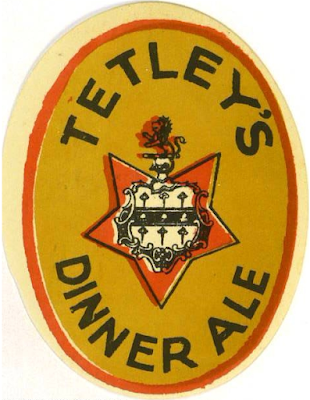When I plunged first into the boiling copper of beer history, I soon upgraded my goals from finding out what the fuck Porter was. Or the origins of Dark Mild. (Which are still obscure to me to this day.) Like a miner belling out from an initial shaft, I broadened my research. And aims.
It all crystalised with a highly-frustrating job. Where, not only was it musical chairs every morning to try and find a desk. There also wasn't really any work to do. And only intranet. How to stop myself going insane?
USB drives. I loaded up pdfs of old brewing manuals. Not just to read, but to use as sources for my planned book: "Beer, Ale and Malt Liquor". A history of UK beer and brewing from 1700 to 1973. Fairly ambitious. I cracked on. And, as the months went by, I scrambled together a very rough manuscript. Part notes, source quotes with some properly written bits.
Weirdly, other than the interwar period, the coverage of the 20th century is pretty sketchy. The most complete chapter, "1815-1850 Porter supreme", I published as, perhaps, the longest ever blog post, just short of 22,000 words. A book in itself, you might say.
Which is why each chapter has ended up a book.
1880-1914 Free (in progress)
1910-1920 Armistice
1918-1940 Peace
1939-1947 Blitzkrieg
1945-1970 Austerity
1968-1980 Keg (in progress)
I'm getting there. When I've polished off the current two, I'll start moving backwards in time. 1830 to 1880, 1780 to 1830. Something like that. I'm not quite settled yet.
Writing a history of IK brewing over the last couple of hundres years. That's my long-term goal. And why I seldom stray into continental beer any longer. Just concentrating what energies I have left on what's most important to me. What I would like to be remembered for.
At least I should have 100 years worth finished soon.




















































































